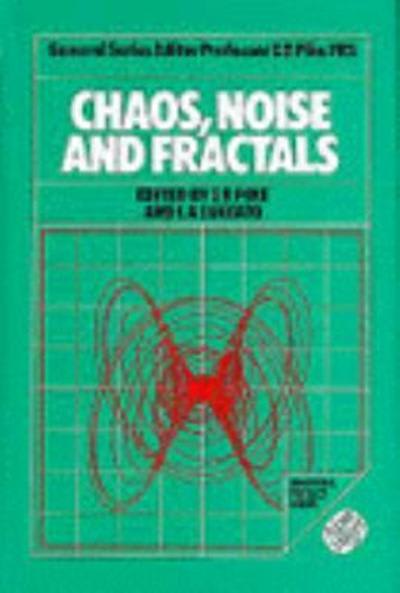Question
A random sample of46adult coyotes in a region of northern Minnesota showed the average age to be x =2.01years, with sample standard deviation s =0.72years.
A random sample of46adult coyotes in a region of northern Minnesota showed the average age to bex=2.01years, with sample standard deviations=0.72years. However, it is thought that the overall population mean age of coyotes is= 1.75.Do the sample data indicate that coyotes in this region of northern Minnesota tend to live longer than the average of 1.75 years? Use= 0.01.
(a) What is the level of significance?
State the null and alternate hypotheses.
H0:= 1.75 yr;H1:< 1.75 yr
H0:> 1.75 yr;H1:= 1.75 yr
H0:= 1.75 yr;H1:> 1.75 yr
H0:= 1.75 yr;H1:1.75 yr
H0:< 1.75 yr;H1:= 1.75 yr
(b) What sampling distribution will you use? Explain the rationale for your choice of sampling distribution.
The standard normal, since the sample size is large andis known.
The standard normal, since the sample size is large andis unknown.
The Student'st, since the sample size is large andis unknown.
The Student'st, since the sample size is large andis known.
What is the value of the sample test statistic? (Round your answer to three decimal places.)
(c) Estimate theP-value.
P-value > 0.250
0.100 <P-value < 0.250
0.050 <P-value < 0.100
0.010 <P-value < 0.050
P-value < 0.010
Sketch the sampling distribution and show the area corresponding to theP-value.
(d) Based on your answers in parts (a) to (c), will you reject or fail to reject the null hypothesis? Are the data statistically significant at level?
At the= 0.01 level, we reject the null hypothesis and conclude the data are statistically significant.
At the= 0.01 level, we reject the null hypothesis and conclude the data are not statistically significant.
At the= 0.01 level, we fail to reject the null hypothesis and conclude the data are statistically significant.
At the= 0.01 level, we fail to reject the null hypothesis and conclude the data are not statistically significant.
(e) Interpret your conclusion in the context of the application.
There is sufficient evidence at the 0.01 level to conclude that coyotes in the specified region tend to live longer than 1.75 years.
There is insufficient evidence at the 0.01 level to conclude that coyotes in the specified region tend to live longer than 1.75 years.
Step by Step Solution
There are 3 Steps involved in it
Step: 1

Get Instant Access to Expert-Tailored Solutions
See step-by-step solutions with expert insights and AI powered tools for academic success
Step: 2

Step: 3

Ace Your Homework with AI
Get the answers you need in no time with our AI-driven, step-by-step assistance
Get Started


